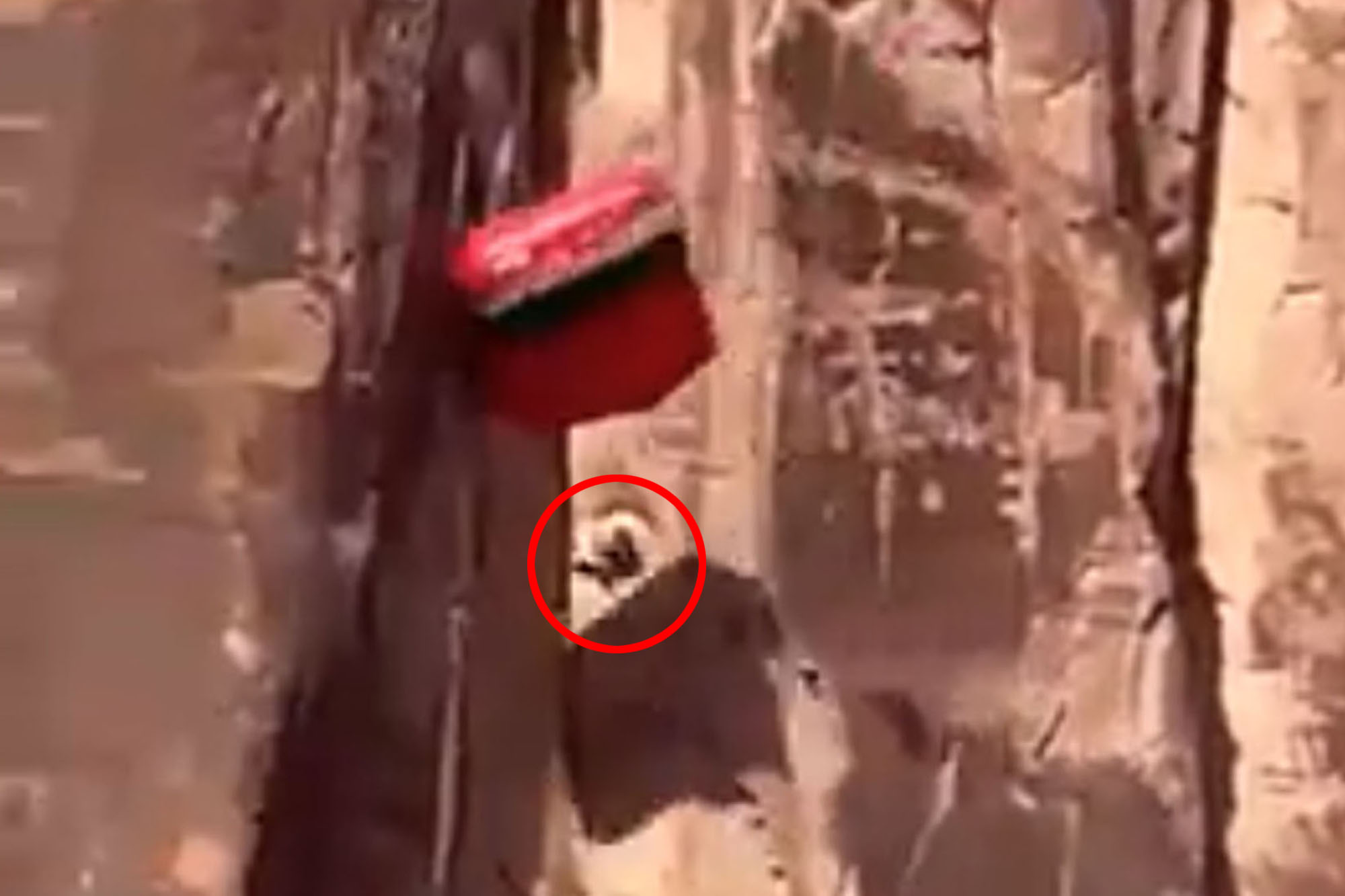Discovering The World Of Gorecentre: A Deep Dive
The realm of entertainment is vast and varied, with genres that captivate audiences across the globe. Among these, the gore genre, often represented by the term "gorecentre," has carved out its niche, attracting a dedicated following. This unique style not only pushes the boundaries of storytelling but also challenges the viewers’ perceptions of fear, horror, and the human condition. As we navigate through the intricacies of the gorecentre, we find that it is more than just blood and guts; it embodies a rich tapestry of creativity and expression. From films to literature and beyond, this genre invites us into a world where the visceral and the psychological collide.
What sets gorecentre apart is its ability to evoke strong emotions and provoke thought. It can be a reflection of societal fears, a commentary on human nature, or simply a thrilling ride for those who seek adrenaline. The allure of the gorecentre lies in its capacity to engage audiences at multiple levels, making it not just a passing trend but a significant aspect of modern storytelling. As we delve deeper into this fascinating world, we will explore its origins, key figures, and the various forms it takes.
In this article, we will answer some burning questions: What is the gorecentre? Who are the notable figures in this genre? How has it evolved over time? By the end of our journey, you will gain a comprehensive understanding of the gorecentre and its impact on culture and entertainment.
What is Gorecentre?
The term "gorecentre" refers to the focal point of the gore genre, encompassing various forms of media that emphasize graphic violence, horror, and psychological thrill. This genre often features explicit depictions of bodily harm, death, and other disturbing themes, designed to provoke a visceral reaction from the audience. While some may dismiss it as mere shock value, the gorecentre represents a complex interplay between fear and fascination.
Who are the Pioneers of the Gorecentre?
The gorecentre has been shaped by numerous filmmakers, authors, and artists who have pushed the envelope in their respective fields. Some of the notable figures include:
- **George A. Romero** - Often hailed as the father of the zombie film, his work laid the groundwork for contemporary horror.
- **Dario Argento** - An Italian filmmaker known for his stylistic approach to horror, he has significantly influenced the aesthetic of the gore genre.
- **Clive Barker** - An author and filmmaker who has explored themes of body horror and sexuality, his stories often delve into the psychological aspects of fear.
What Makes the Gorecentre Unique?
Unlike conventional horror, which may rely on suspense and mystery, the gorecentre embraces the grotesque. It thrives on the explicit, often showcasing the fragility of life and the brutality of existence. This genre invites audiences to confront their fears head-on, challenging them to grapple with unsettling themes. The unique aspects of the gorecentre include:
- Graphic depictions of violence and death
- Exploration of taboo subjects
- Emphasis on psychological horror alongside physical horror
How Has Gorecentre Evolved Over Time?
The evolution of the gorecentre can be traced back to early literature and cinema. Initially, horror was more about suggestion and the unseen terror. However, as societal norms shifted and filmmakers sought to push boundaries, the gorecentre began to emerge as a distinct genre. Key milestones in its evolution include:
What Role Does Gorecentre Play in Modern Media?
In today's media landscape, the gorecentre has found a prominent place. It permeates various forms of entertainment, including film, television, and even video games. The popularity of shows like "American Horror Story" and films such as "Saw" and "Hostel" highlight the ongoing fascination with the genre. Furthermore, the rise of streaming platforms has provided a platform for indie filmmakers to explore the gorecentre, resulting in a diverse array of content.
Is Gorecentre Just About Shock Value?
While shock value is a significant aspect of the gorecentre, it is essential to recognize that it often serves a greater purpose. Many works in this genre employ graphic violence as a means of commentary, exploring themes such as mortality, societal decay, and the complexities of human nature. The gorecentre invites audiences to reflect on their own fears and societal issues, making it a thought-provoking genre despite its explicit content.
What Are the Criticisms of Gorecentre?
Despite its popularity, the gorecentre is not without its critics. Detractors often argue that it glorifies violence and desensitizes viewers to real-life horrors. Some common criticisms include:
- Promotion of negative stereotypes and misogyny.
- Desensitization to violence and suffering.
- Potential to trigger psychological distress in sensitive viewers.
These criticisms raise important discussions about the responsibilities of creators and the impact of their work on audiences.
Conclusion: The Future of Gorecentre
As we look to the future, the gorecentre will likely continue to evolve, adapting to cultural shifts and technological advancements. Its ability to provoke thought and challenge societal norms ensures that it will remain a relevant and compelling genre. Whether you are a devoted fan or a curious observer, understanding the gorecentre opens up a world of exploration into the darker corners of storytelling.



ncG1vNJzZmixn6PAtr7IZqWeq6RjsLC5jq2pnqaUnruofY9onqiqlZiyr8DRnmWhrJ2h